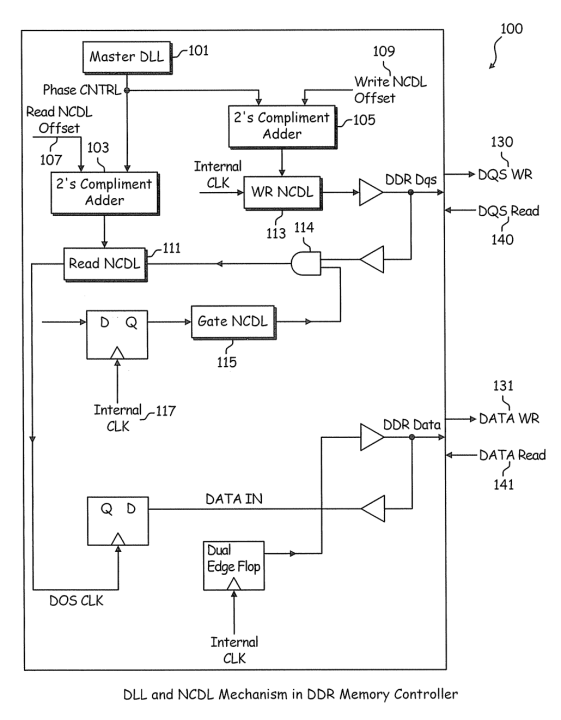So far, we’ve discussed movement of intangibles and M&A activity in relation to the recent OECD discussion draft and the idea of information asymmetry. To round out the topic, this final piece will dive into company agreement inventories.
Inventorying Agreements – Not as Easy as it Seems
A major component of a corporation’s intellectual property (IP) and business strategy is to monetize their IP. It falls on the legal department to handle and negotiate inbound and outbound licensing arrangements. However, tax administrations and consultants often do not have a direct line to the legal department. Most rely on the taxpayer’s tax department to provide them with all relevant agreement data in order to benchmark their transactions.
The problem arises when communication between those departments fails. Many times those departments do not have access to all of the relevant information, or their legal department fails to produce the most appropriate set of information. It becomes increasingly difficult to have a complete set of agreement data with which to work.
Importance of Public Agreement Data
To mitigate the gap in information caused by internal communication failures, public data becomes paramount. The ability to access publicly available sets of agreements for taxpayers enables tax administrations to further limit “information asymmetry.”
Agreements are available for public and private companies. This data contains valuable information for tax administrations to understand:
- the structure of transactions
- the value of IP
- potential intercompany agreements that are available in the public domain
Company Agreement Inventories Example
The following example highlights the amount of information easily accessed through publicly available data.
When a tax administration looks at a company such as Alphabet, Inc., they can identify that Alphabet owns over 330 entities, including Google Inc. and Nest Inc. Alphabet and its subsidiaries have over 120 public agreements that can be used to assist before and during an audit to ensure that transactions have occurred at arm’s length. Access to this information sooner enables tax authorities to ask about third-party transactions. For instance, for an arrangement between Google Inc. and America Online Inc., they can see how that contract is structured and how it might be used to benchmark intercompany transactions.




